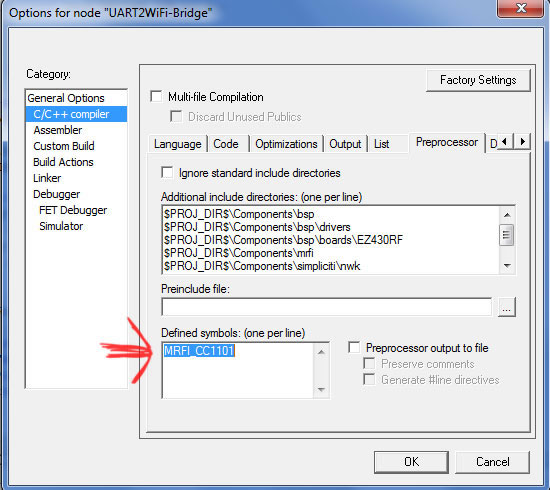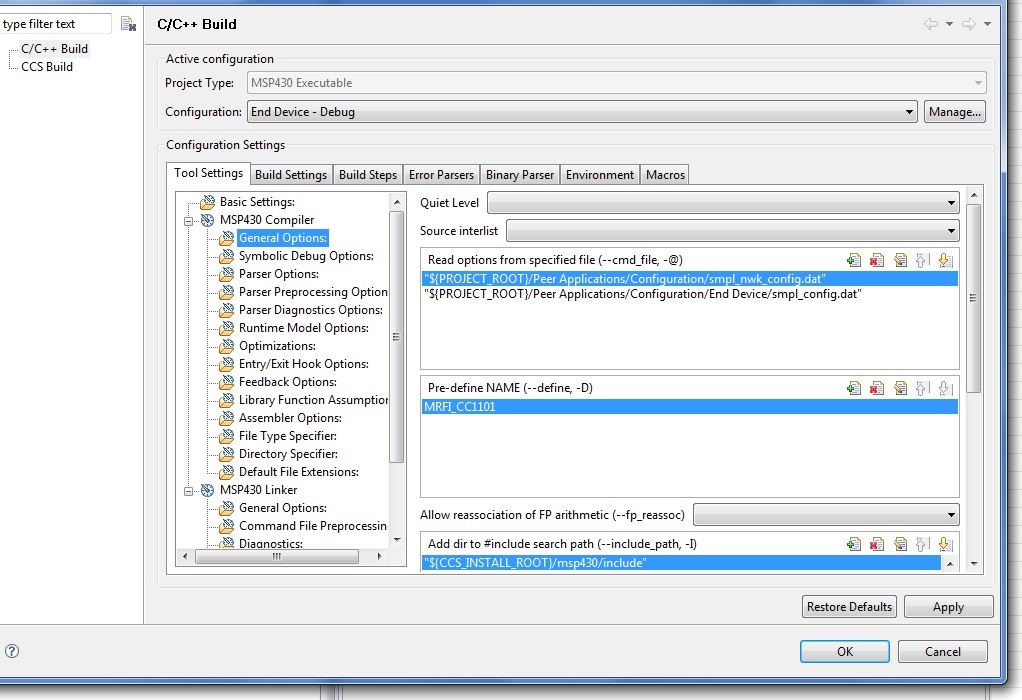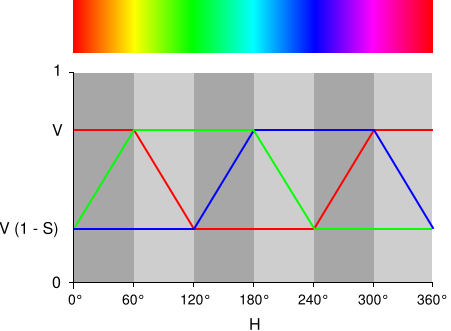
In this lab, you will use the Amber Wireless AM8423 module to communicate with your watch and PC in a network. You will also experiment with powering the module from a solar cell, which will require careful power management in your programming.
Note: the project in C:\Texas Instruments\eZ430-RF2500-SEH_Sensor_Monitor-v1.5\CCE_Source\Projects\Examples\peer_applications\eZ430RF\SEH Sensor Monitor from last week's workspace works with the AM8423. You should look through this code and become familiar with the configuration of the project. You may try to run the two nodes if you wish, although you'll have to download the demo application which is not installed. The application installer is here: eZ430-RF2500-SEH Demo. Flash one AM8423 with the end-point binary, and the other with the Access Point code. Run the demo and connect to the Access Point, then power up the End Point.
In the SimpliciTI Sample Application User's Guide Section 3.1 Sample Applications, page 23, are instructions for implementing a simple peer-to-peer network. You'll need to create a new project and import the source from C:\TexasInstruments\SimpliciTI-CCS-1.1.1\
Not that this is a different base directory...no space in TexasInstruments.
Note: In order for the code to work,you must change the preprocessor defined symbol "MRFI_CC2500" in "MRFI_CC1101" like this:

That change is made in Build Properties->General Options of the active project.

Use two computers if needed, and two of the AM8423 modules, and see if you can get a peer-to-peer network working. There is no defined platform for the AM8423, so we'll have to find a way to convince the compiler to work for us.
In this part of the lab, we'll power our end points on solar cells, and see what software improvements are needed to run on the light in the lab. The objective is to run without the battery in the holder. Check the MSP430-SOLAR is power supply module datasheet for pins for ground and 3.3volts.
In this part of the lab, we'll wire our AM8423 to a power module and a tri-color LED. We'll program the module to drive the RGB LED with pulse-width modulation, so that we can make any color. Then we'll program our watch to send accelerometer data to the module to control the color of the LED. Here is the data sheet for the Tri-Color LED. (note that we are using common anode LEDs.) Here is the Amber Wireless AM8423 datasheet.

Power the module with the solar cell, and see what software improvements are needed to run on the light in the lab. The objective is to run without the battery in the holder. Check the MSP430-SOLAR is power supply module datasheet for pins for ground and 3.3volts.